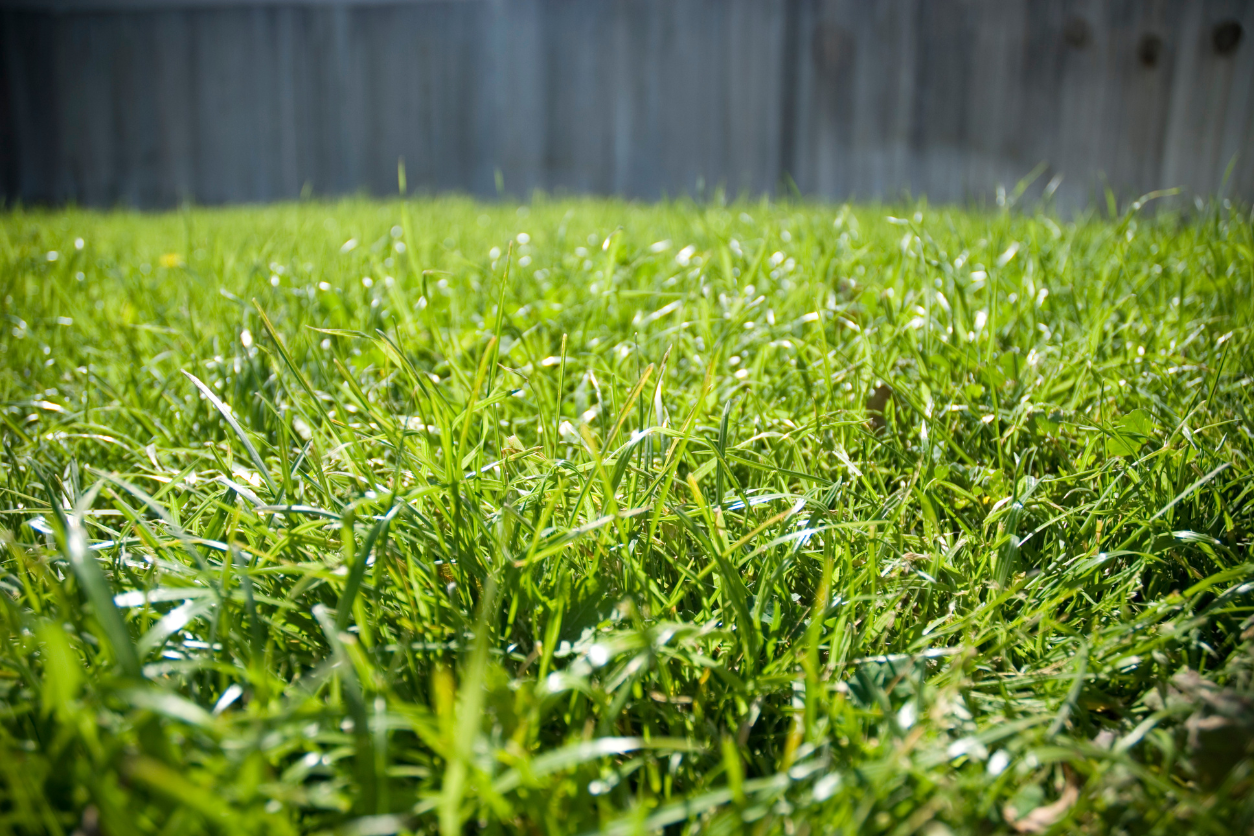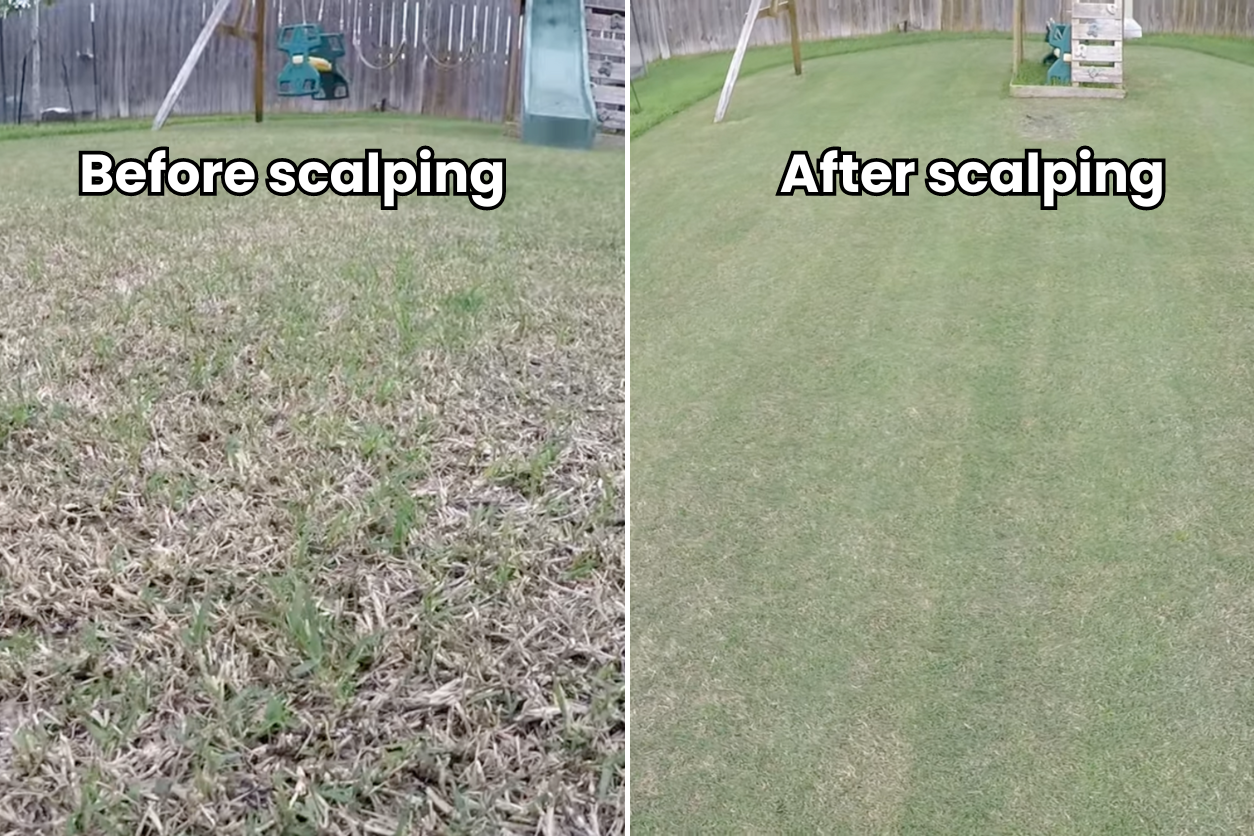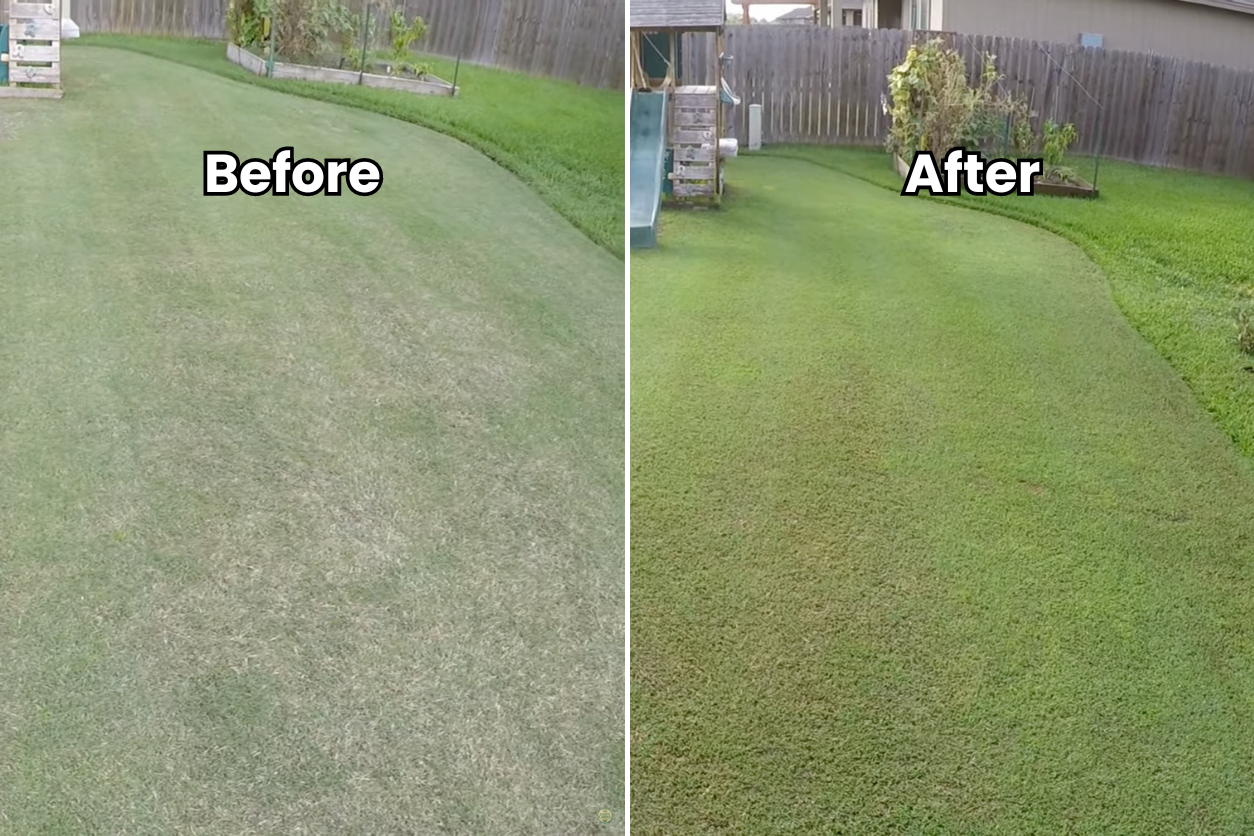How To Care for Your Bermuda Grass Lawn

Bermuda grass is the overachiever of the grass world. It’s hardy, grows quickly, and is known for creating that perfect green carpet look. But, as with anything that grows, it does require a bit of know-how to keep it looking its best. If you’re the kind of person who dreams of backyard barbecues on a lush lawn or loves the idea of a perfect patch of green to sink your toes into, Bermuda grass is probably what you’re after. And while it’s a great option for those of us in warmer climates thanks to its heat tolerance, caring for Bermuda grass isn’t just about letting it grow wild and free. There are a few tricks to getting it just right.
Related: Summer Lawn Care: Your Complete Guide
What Is Bermuda Grass?
Bermuda grass is popular among lawn enthusiasts because of its resilience and suitability for warm climates. Its quick recovery from damage makes it ideal for high-traffic areas such as lawns frequented by children or pets. Known for spreading both above and below ground, Bermuda grass creates a dense, uniform appearance, filling in bare spots quickly.
This grass thrives in sunny areas, needing plenty of sunlight and warmth to grow optimally. However, its aggressive growth can sometimes encroach on unwanted areas, such as flower beds, if not properly managed. Understanding these characteristics allows you to plan and execute an effective care routine, ensuring that your lawn remains lush and healthy while preventing unwanted spread.
How To Look After Your Bermuda Grass Lawn
Now that we’ve established that Bermuda isn’t your regular grass let’s talk about how to care for it.
|
Weed Control
One of the most frustrating issues with any lawn is weeds. They pop up seemingly overnight and can quickly take over if left unchecked. For Bermuda grass, keeping weeds at bay is crucial for maintaining a healthy appearance. The best strategy involves both pre-emergent and post-emergent weed control.
Pre-emergent herbicides are a preventative measure that stops weed seeds from germinating in the first place. This step is essential, especially during late winter to early spring and again in late summer or early fall. These applications target crabgrass and poa, which are common weeds in Bermuda lawns. However, pre-emergents alone won’t stop every weed.
Even the most well-maintained lawns can have the occasional weed. A broad-spectrum weed killer can help tackle them as they appear. It’s often more cost-effective to buy concentrated solutions rather than ready-to-use mixes, and you’ll have the flexibility to apply them as needed, gradually reducing the frequency of application as your lawn becomes healthier and more weed-resistant.
Scalping
Scalping Bermuda grass essentially involves mowing the grass very low at the start of the growing season to remove dead material. This is typically done when the grass shows about 50% green-up, signaling the end of dormancy. You might be wondering why you’d want to cut your grass so short. The answer lies in giving your lawn a fresh start.

The idea is to remove all the old, brown grass, allowing new growth to take its place. This process not only encourages an early green-up but also reduces thatch buildup. For those new to this practice, it’s recommended to gradually lower your mower over several days instead of doing it all at once. This method prevents an overwhelming amount of clippings that you’d otherwise have to bag and dispose of. After scalping, your lawn will look a bit bare, but don’t worry—it’s all part of the plan.
One important note is that scalping should be done before the grass is actively growing. This is because low mowing during active growth can stress the lawn. After scalping, a light core aeration can be beneficial. It allows air, water, and nutrients to penetrate the soil better, promoting healthy growth. Be sure to pick up the cores if you do this to prevent them from filling back into the holes you just made.
Soil Health
Feeding your Bermuda grass the right nutrients is critical for robust growth. Nitrogen is particularly important as it promotes that lush, green appearance that Bermuda is known for. Following your local extension guidelines for fertilization is important to ensure you’re not under or over-fertilizing.
Related: Best Fertilizers for Your Lawn
Typically, feeding your Bermuda grass once a month during the growing season should suffice. When choosing a fertilizer, look for something that includes slow-release nitrogen. This type of fertilizer provides a steady supply of nutrients over time, preventing rapid growth that can lead to more frequent mowing. By sticking to a regular feeding schedule, your lawn will have the nutrients it needs to stay healthy and vibrant.
Watering
There’s a bit of a misconception out there that Bermuda grass doesn’t need much water because it’s a warm-season grass. But the truth is, it needs about the same amount of water as other grasses like fescue. Your Bermuda lawn should get about an inch of water per week, either from rainfall or supplemental watering.
A simple rain gauge can help you keep track of how much water your lawn is getting. If natural rainfall isn’t enough, you’ll need to supplement with your irrigation system or sprinklers. Consistent watering helps prevent stress and keeps the grass growing strong.
Mowing
For Bermuda grass, you’ll want to adhere to the one-third mowing rule, which means never removing more than one-third of the grass blade at any given mowing. This approach keeps the grass healthy and minimizes stress.

Bermuda grass grows quickly, especially during the warm months, so you might find yourself mowing twice a week. The height at which you mow can also make a significant difference. If you mow too low, you’ll expose the brown stems and create an unsightly lawn. On the other hand, letting it grow too long can lead to thatch buildup.
Related: Can You Cut Wet Grass?
Experimenting with different mowing heights can help you find the sweet spot that works best for your lawn’s specific conditions. Keeping your mower blades sharp and alternating your mowing patterns will prevent ruts and ensure a clean cut, helping to maintain the lawn’s overall health.
